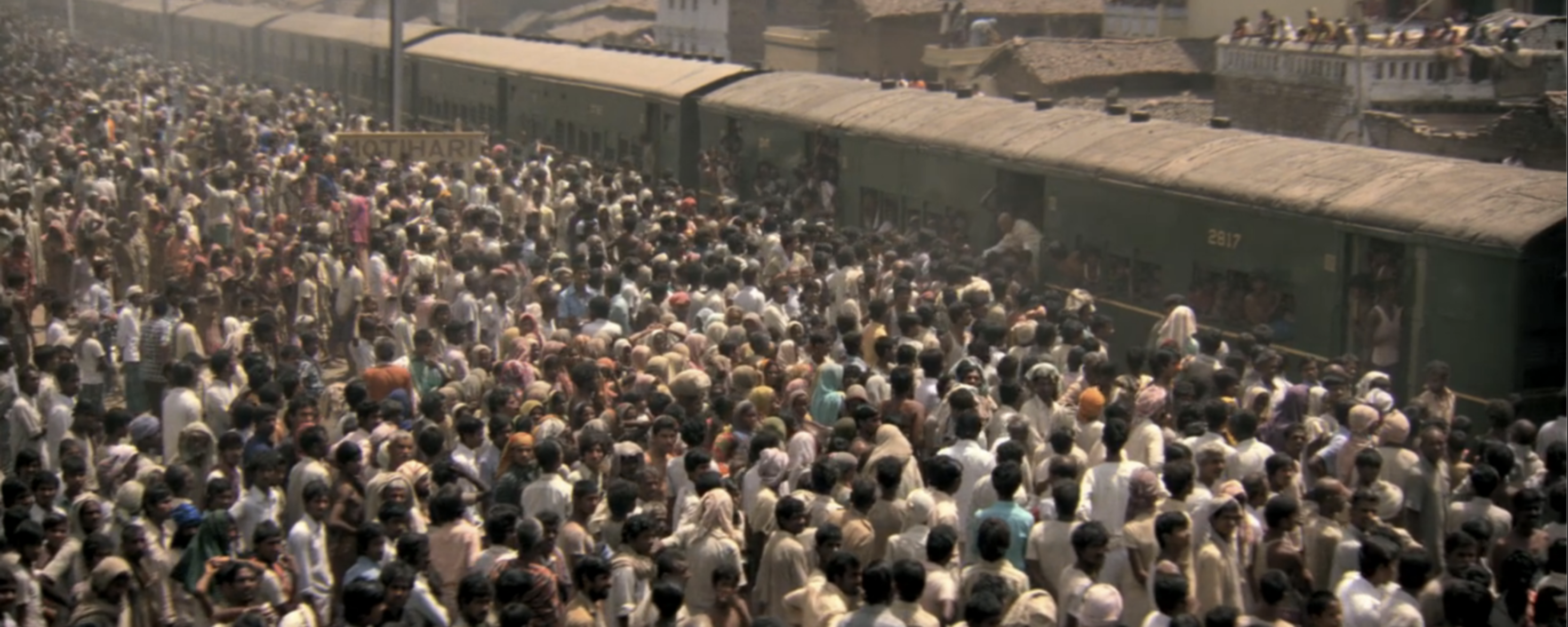On January 2, 2024, Union home minister Amit Shah declared the central government’s commitment towards restricting free movement of people with Myanmar by erecting a fence along the 1,643-km border. The defined border passes through the states of Manipur (398 km), Mizoram (510 km), Nagaland (215km) and Arunachal Pradesh (520 km), with a maritime boundary located by the Bay of Bengal.
In September 2023, the Manipur government appealed to the Ministry of Home Affairs (MHA) to nullify the Free Movement Regime (FMR) and fence the entire international border between the two countries. The appeal serendipitously aligns with the central government’s avowed concerns about the FMR being exploited by insurgents to escape to Myanmar after carrying out attacks on Indian soil. The FMR agreement, reached between the two countries in 2018, remains suspended since September 2022, amply expressing that anxiety.
Historical context and exploitation of the FMR
The 1948 Burma Passport Laws and the Passport (Entry into India) Rules of 1950, later amended by the MHA, allowed the “hill tribes, who is either a citizen of India or the Union of Burma and who is ordinarily a resident in any area within 40 km (25 miles) on either side of the India-Burma frontier” to enter India without a passport or visa. Yet, this did not thwart the governmental imperative to track and regulate such tribes with mutually common customs and ways of lives, and who frequently travel across the border.
The government hence drew up a list of 62 items permissible for border trade at a concessional duty rate of 5%, regular or normal trade being allowed via Land Customs Station in Moreh (Manipur) and Zokhawthar (Mizoram). Each individual was allowed to carry as much ware as could fit in a head load. While the Myanmar government permitted Indians to remain in Myanmar for a maximum of 24 hours, the Indian government stipulated that Myanmarese nationals may stay in India for 72 hours. However, not much else is known about the specifics of the actual terms and conditions of border control and cooperation between the two countries.
While it is true that the FMR helped the tribes maintain their age-old bonds across the national borders, unfortunately, the Indian government’s apprehensions are well-founded. The FMR arrangements have been repeatedly exploited by certain Indian groups to carry out anti-social actions in India. Cadres of various rebel groups would enter Myanmar to receive armed training and then return to India to carry out operations, escaping back to Myanmar afterwards. This was the pattern set by the Nagas in 1956, Meiteis in 1964 and the Mizos in 1966. The central government claims that the existence of FMR and a weakly monitored border allowed the rebels to intensify their operations, endangering national security. The cumulative heft of the insurgencies of the Naga, the Meitei and the Zo ethnic groups compelled the Indian government to review the FMR’s terms and restrict these tribes’ unfettered cross-border mobility.
Evolution of border policies
Consequently, in August 1968, the MHA instituted a “permission system” for crossing the Myanmar border, requiring individuals from both countries to carry permits from their respective nations in order to cross over. This stipulation remained in force for the next 40 years. Nevertheless, since the 1990s and the early 2000s, the security situation in the Northeast has significantly deteriorated due to a sharp rise in rebel activities across the international border, matched by similar increments in drug trafficking and gun smuggling.
India decides to further limit the FMR’s span to 16 km in 2004, and only allow ethnic tribes residing within this limit across the two borders, to cross the international boundary through the three officially recognised locations of Pangsau, Moreh and Zokhawthar in the corresponding states of Arunachal Pradesh, Manipur and Mizoram. In the absence of a formal agreement on the free movement of hill tribes across their shared border with Myanmar at the time, the Indian government developed a Memorandum of Understanding to be discussed with the Myanmar government. The Agreement on Land Border Crossing was ratified on May 11, 2018, as part of the Narendra Modi government’s Act East policy, formalising the hitherto informal provisions of the FMR arrangements. However, in the face of a tenacious ethnic conflict in Manipur since May 2023, the central government announced on January 2, 2024, its decision to scrap the FMR. This was predictably received by most ethnic tribes across the borders as a grave intrusion in their customary ways of lives which pivot around free movement across the region.
Impact on tribes and local economies
The decision to scrap the FMR shows that the security imperative has spanned the entire policy spectrum on the matter, eschewing the historical and humanitarian aspects. For the tribes residing within the FMR limits on the Myanmar side, health and education are more easily accessible across the border in India. Further, the local economies and livelihoods on both sides are going to be impacted negatively, cross-border trade being the pivot of these low-income economies. The governments of Mizoram and Nagaland have expressed their opposition to the decision on these conspicuous grounds, contending that it will have utterly adverse effects over the social, cultural and economic landscape of the region at large. The Manipur government, however, no longer keen on sweating it out at the policy drawing boards trying to hammer out a mechanism that is permissive yet highly surveillant, has chosen instead to go with the easier blanket measure, favourably citing the influx of refugees after the coup of February, 2021.
The claims of manifold increase in smuggling from across the border into India are doubtlessly true. Manipur chief minister Biren Singh said that since the war on drugs campaign was launched in 2018, a total of around 19,135 acres of illegal poppy cultivation has been destroyed and around 297 drug smugglers have been convicted. The chief minister added that more than 50% of the poppy crop in the state has been eradicated thanks to the “war on drugs,” which is still going strong under Modi’s “Nasha Mukt Bharat” campaign. In 2021–22, illegal poppy cultivation was discovered on 28,598.91 acres in the state; however, in 2023–24, that number was reduced to 11,288.07 acres, according to Singh.
Also read: Chaos Over Border Passes at Mizoram-Myanmar Border, Free Movement Regime Rules Tightened
The situation is further compounded by a stretch of 500 km of highly susceptible border that runs along Arunachal Pradesh, Manipur and Mizoram, through forests and undulating terrain, much of it unfenced. In Manipur, only about 6 km have been fenced so far. The assumption that the negative impact that will inevitably follow the scrapping of the FMR will most likely give further impetus to cross-border smuggling is, therefore, not a stretch.
The need for a balanced approach
Since the coup in February, 2021, the junta has launched a sustained campaign against the Zo ethnic tribes (Zomi-Kuki-Mizo) people, pushing the multitude across the country’s western border into India, largely in Manipur and Mizoram. In Mizoram, cross-border solidarity has paved the way for setting up camps for 40,000 refugees, despite protests from the MHA.
Biometrics have made it considerably easier to identify illegal migrants. In 2023, 2,500 illegal immigrants were identified in Manipur. In September 2022, 5,500 illegal immigrants were apprehended at the Moreh border itself, 4,300 being returned to Myanmar. The Manipur government has repeatedly blamed local village chiefs of colluding with the immigrants in setting up settlements for the latter. An eviction drive against such settlements became the flashpoint between Zo ethnic tribes and government forces, leading to violence across the state. In its navigation of the border situation, New Delhi needs to reevaluate and reform the FMR rather than terminate it. Strategic policies ought not to include either sweeping measures or ones that place social, economic and cultural aspects outside the scope of governmental deliberations.
Langthianmung Vualzong is an alumnus of Special Centre for the Study of Law and Governance, Jawaharlal Nehru University.













